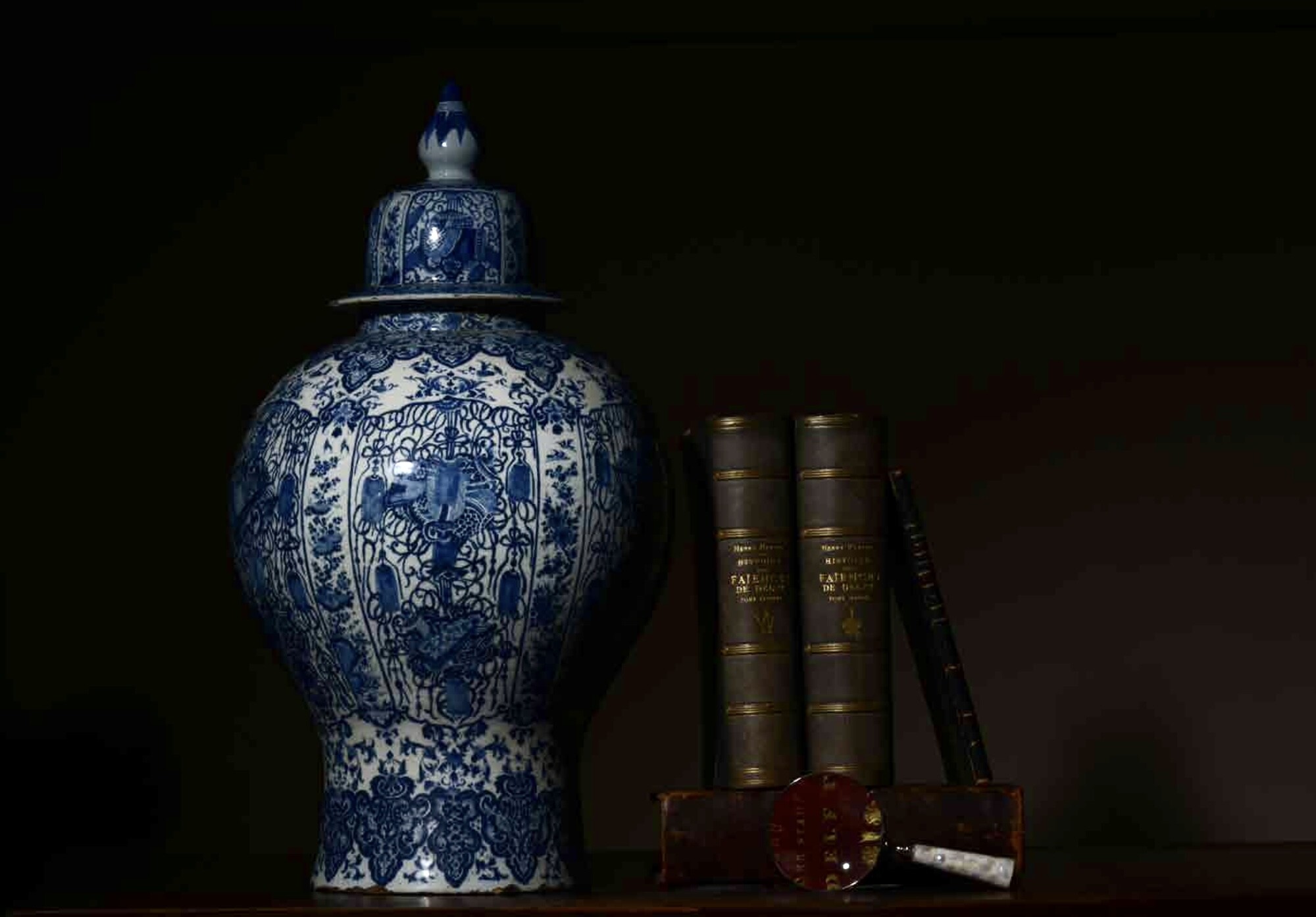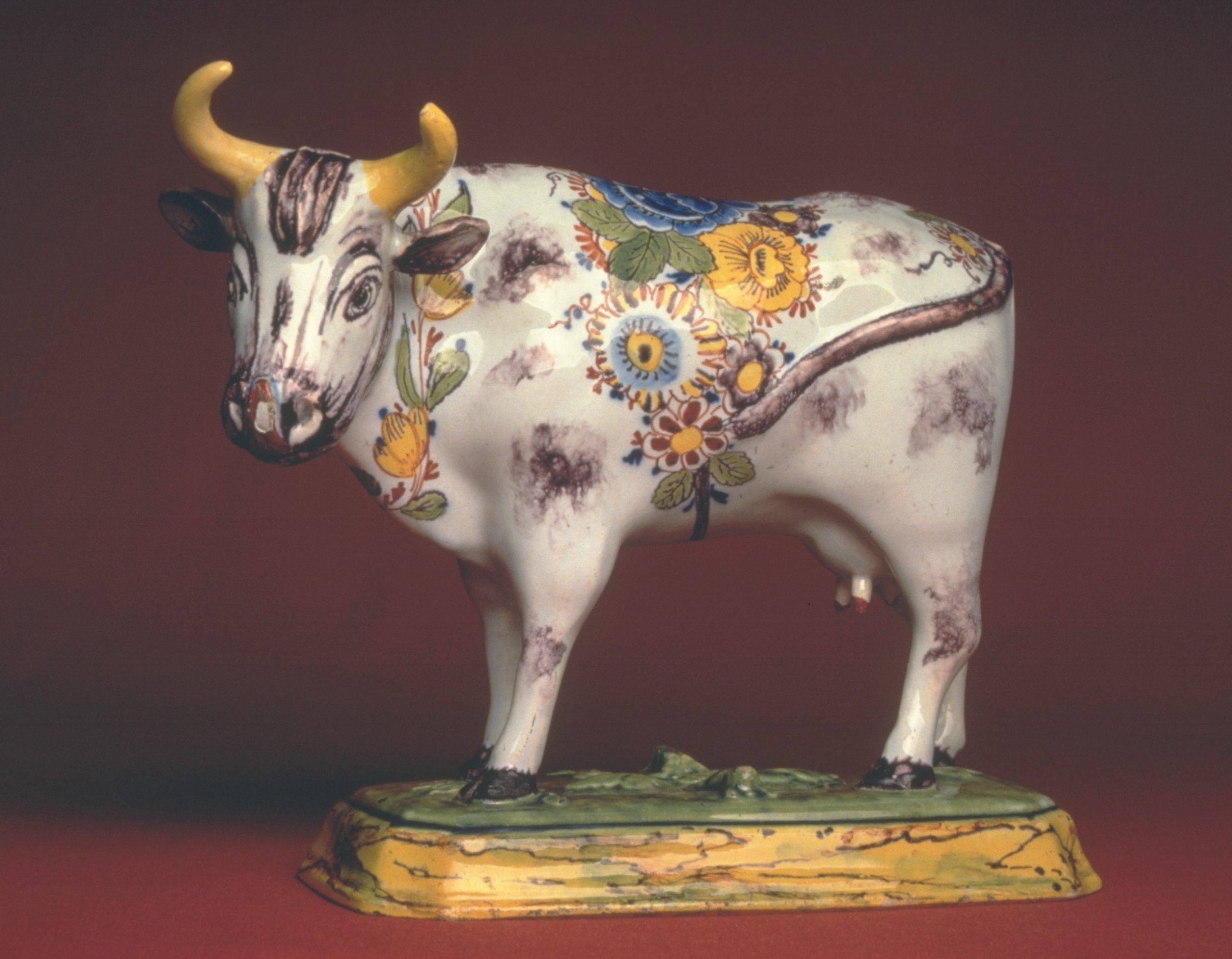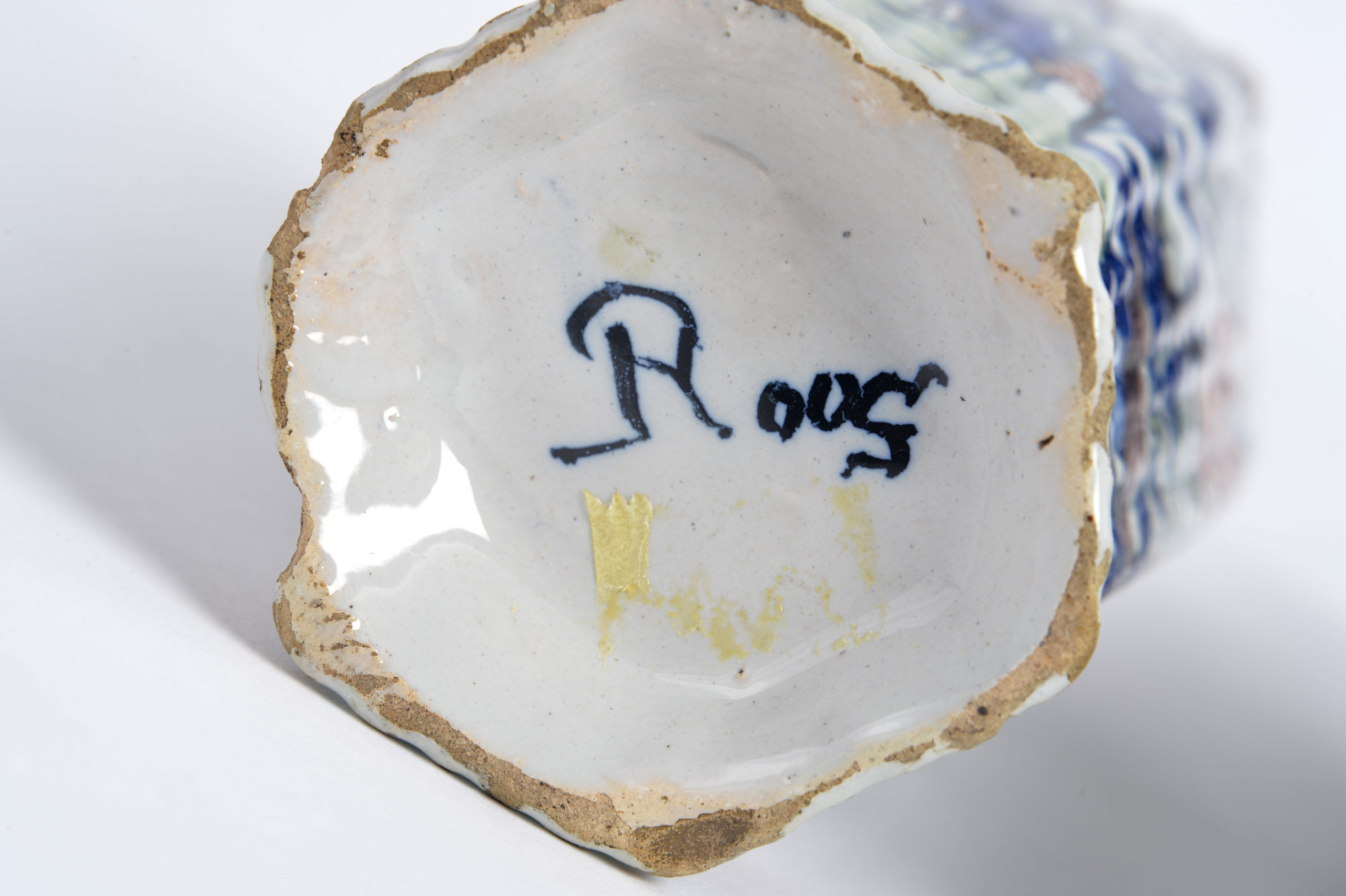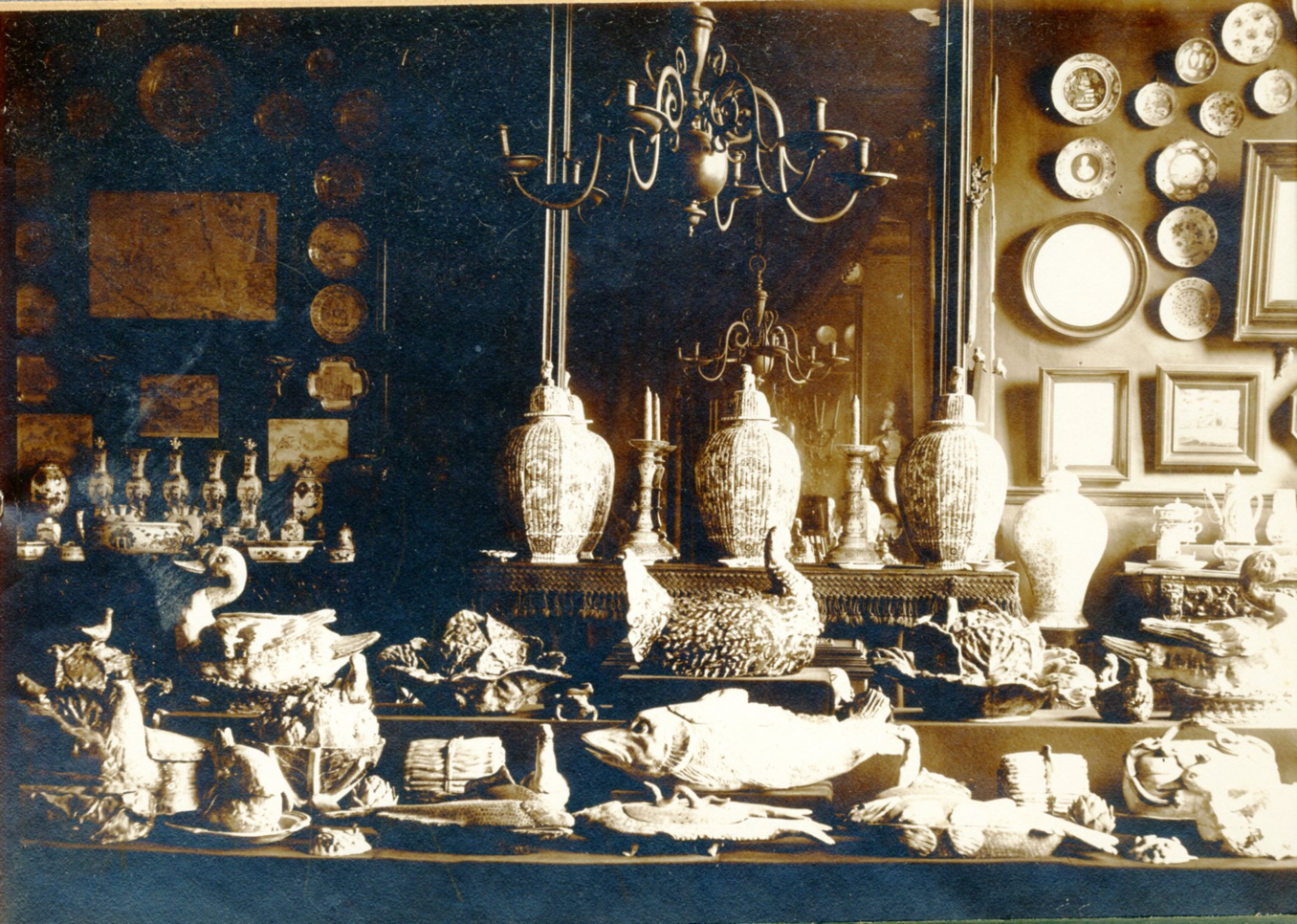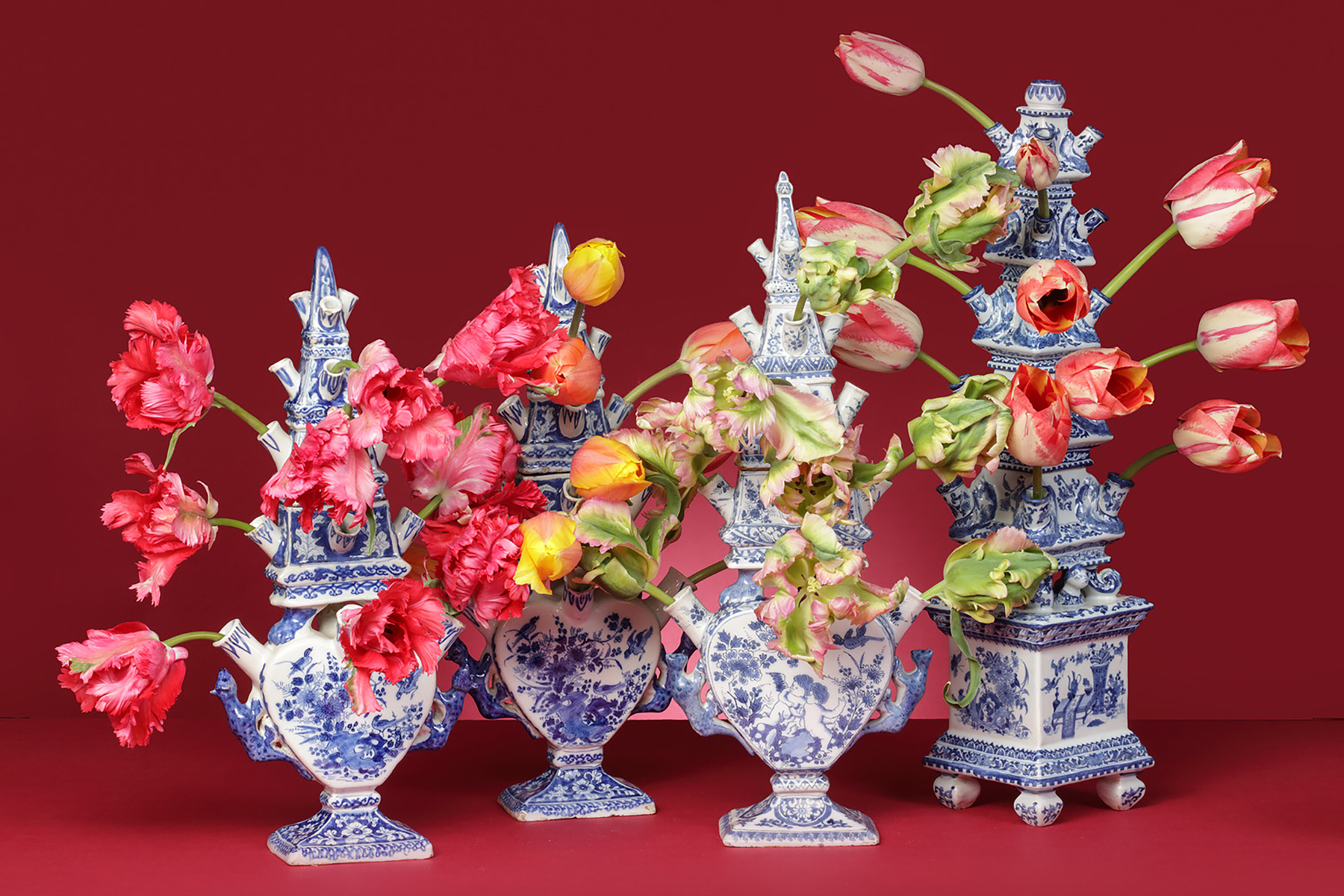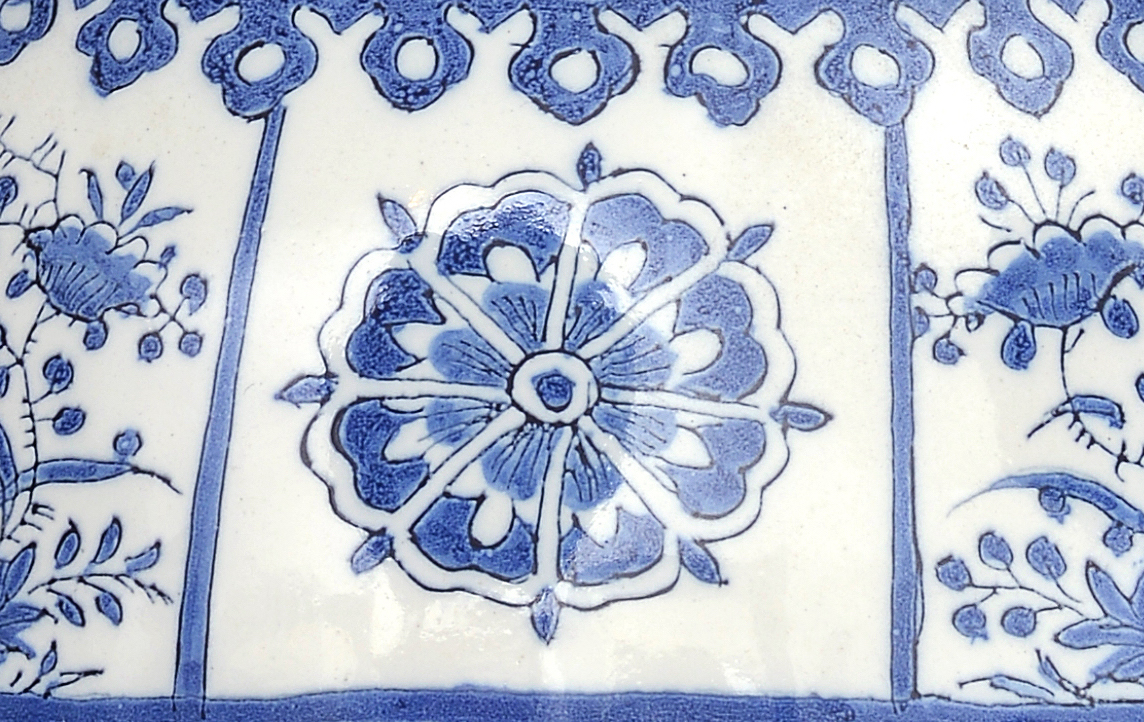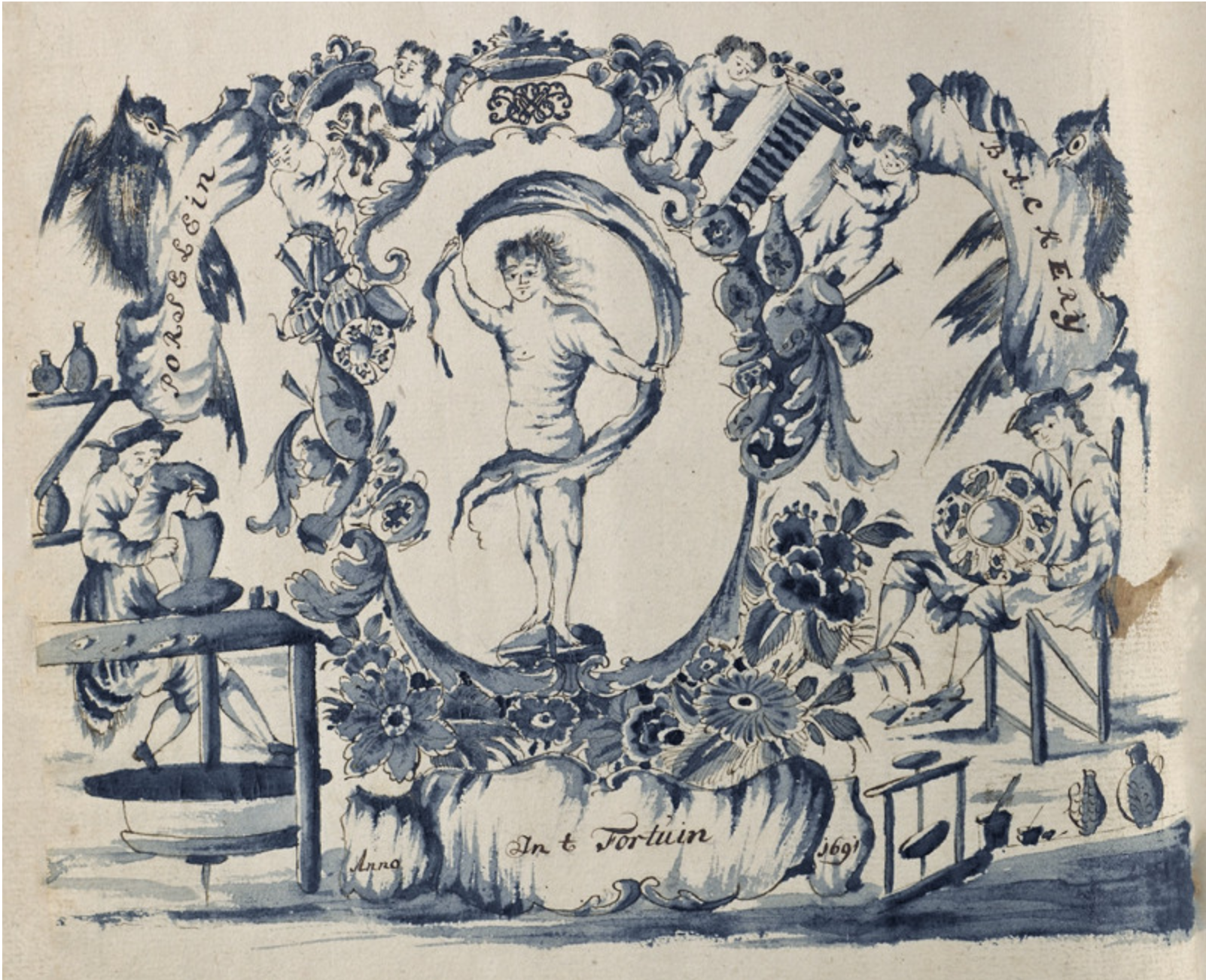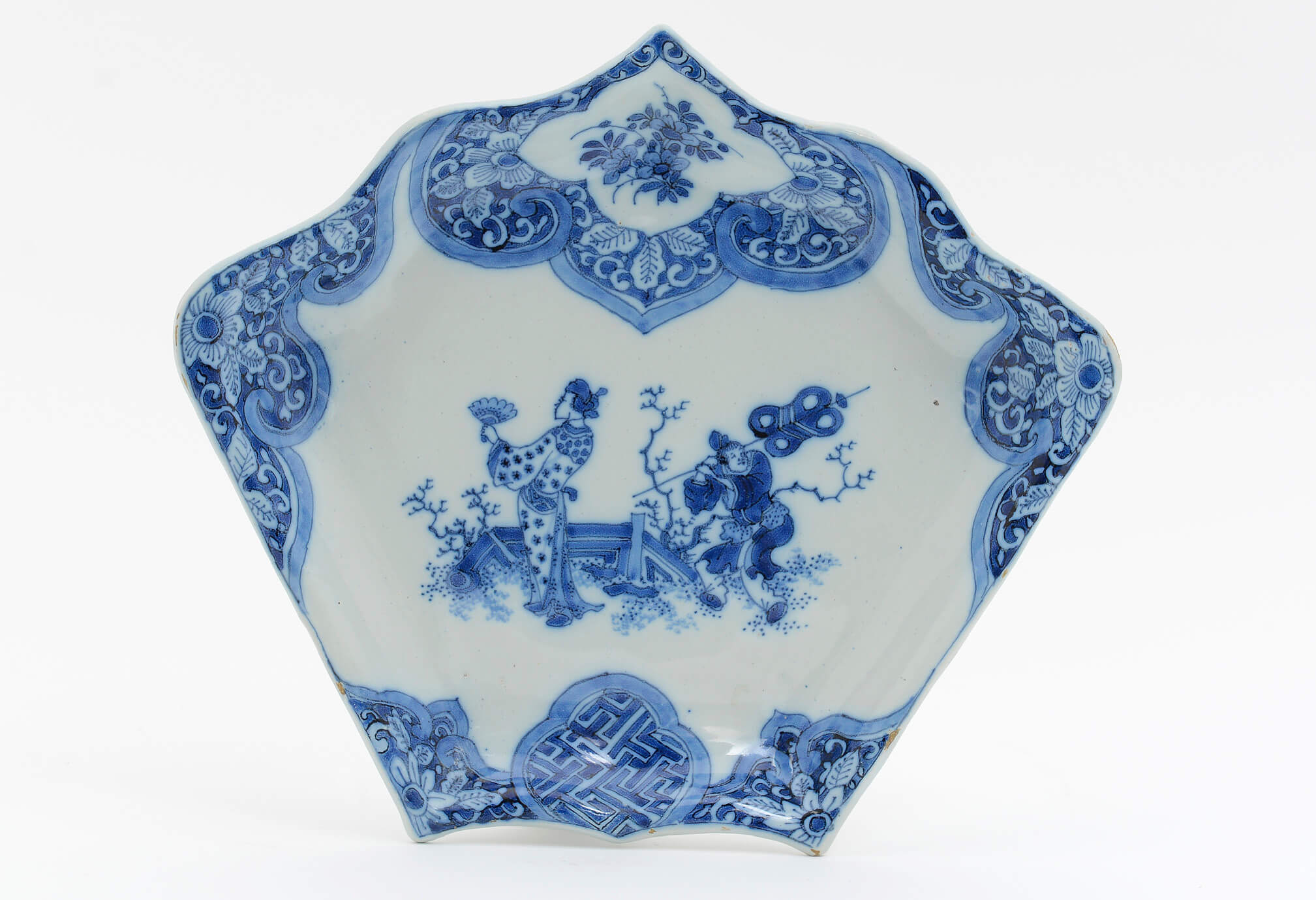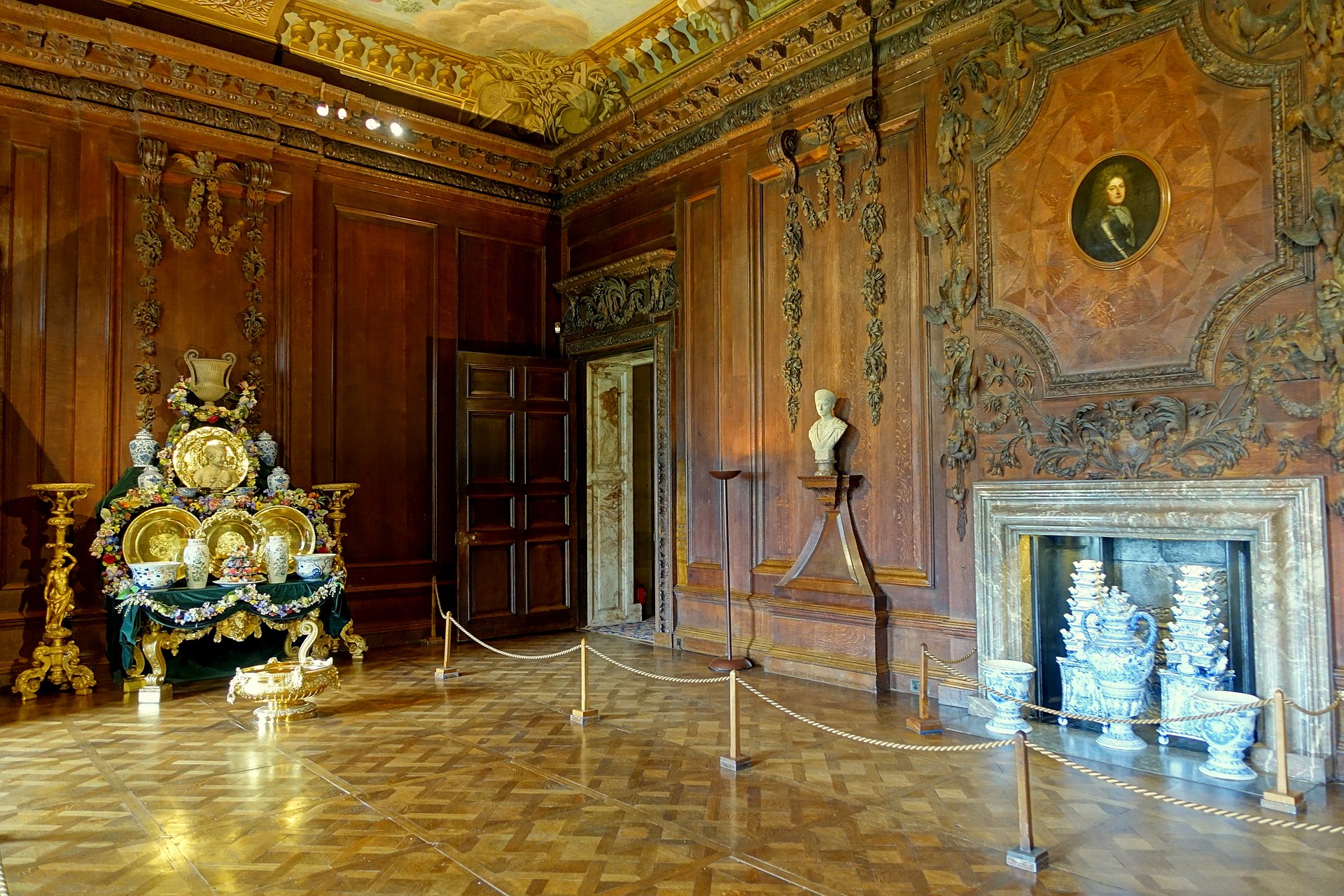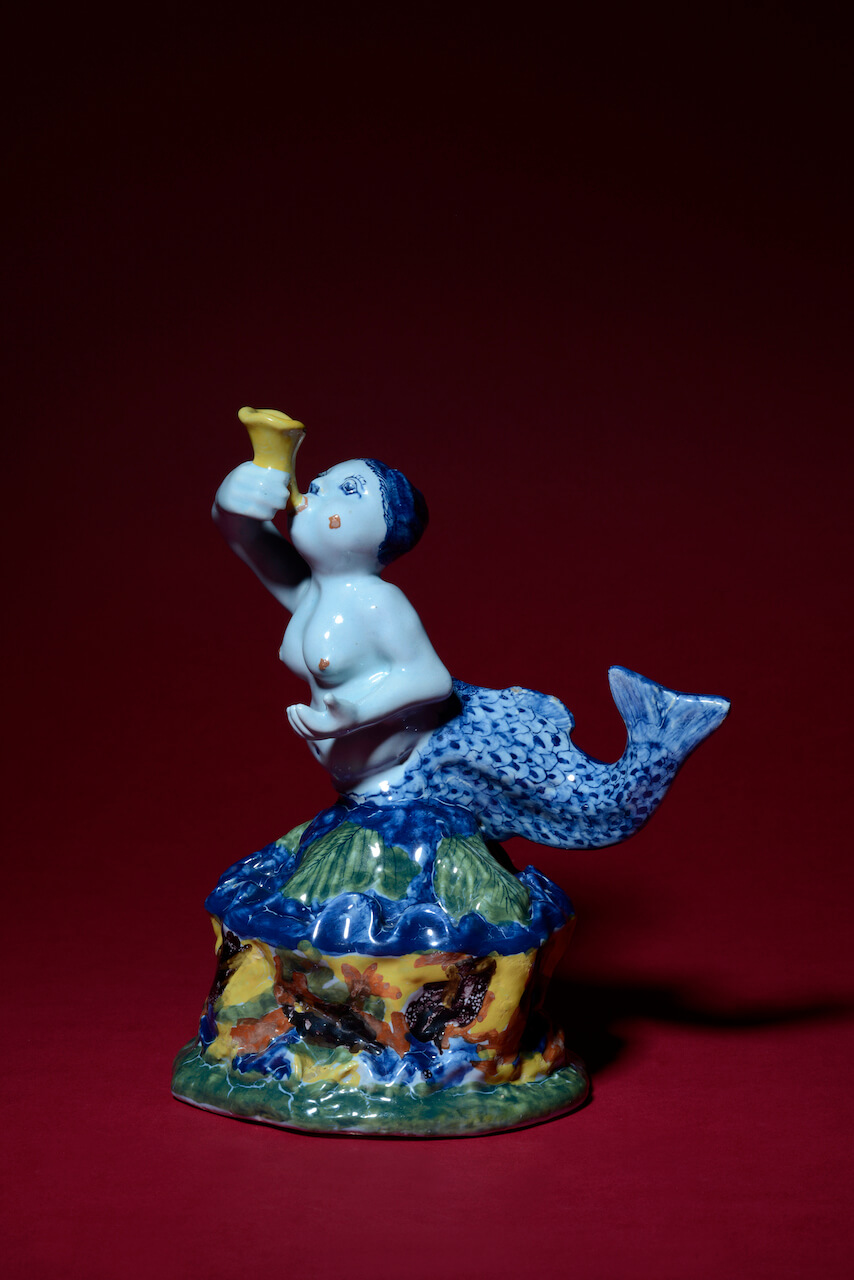Asian Influences on Delftware
Despite the Portuguese importations of Asian goods starting in the early sixteenth century, Chinese porcelain was rarely seen in Europe before 1600. The small quantities of porcelain that were imported to Europe were rare and expensive, and almost exclusively collected by the nobility. In 1600, the market for Chinese porcelain changed significantly when the Dutch…

